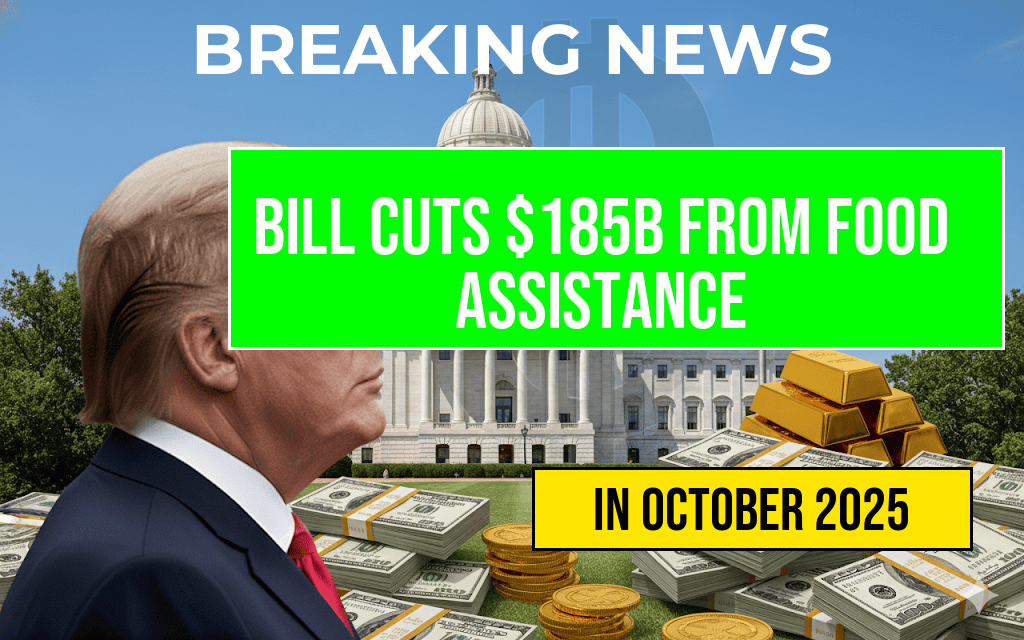IRS Announces $22,500 Standard Deduction for Heads of Household in 2025, Up by $600
The Internal Revenue Service (IRS) has released its annual update to tax figures for the 2025 tax year, confirming that the standard deduction for heads of household will increase to $22,500. This adjustment marks a $600 rise from the previous year’s figure of $21,900, reflecting inflation adjustments aimed at easing the tax burden for eligible filers. The change is part of the IRS’s routine updates to help taxpayers plan their filings and understand potential tax liabilities more accurately. With inflation continuing to influence economic factors across the country, the increase signifies the IRS’s effort to keep the tax system aligned with current financial realities.
Understanding the Standard Deduction and Its Impact
The standard deduction functions as a baseline deduction amount that reduces taxable income, simplifying the filing process by allowing taxpayers to claim a fixed deduction rather than itemizing expenses. For those who qualify as heads of household, this deduction plays a crucial role in lowering overall tax liability, especially for single parents or individuals supporting dependents.
For the 2025 tax year, the new deduction amount is set at $22,500. Taxpayers who qualify as heads of household will see this increase reflected in their upcoming tax forms, potentially reducing the amount owed or increasing refunds. The IRS’s adjustment accounts for the Consumer Price Index (CPI), which measures inflation and ensures that tax benefits keep pace with economic changes.
Details of the Increase and Comparison with Previous Years
| Tax Year | Standard Deduction | Increase from Previous Year |
|---|---|---|
| 2024 | $21,900 | – |
| 2025 | $22,500 | $600 |
The $600 increase aligns with the typical annual adjustment pattern, which generally ranges between $400 and $700, depending on inflation. This adjustment ensures that the standard deduction remains a meaningful benefit for taxpayers, shielding more income from taxation as living costs rise.
Who Qualifies as a Head of Household?
Qualifying as a head of household involves specific criteria set by the IRS:
- Being unmarried or considered unmarried on the last day of the year.
- Paying more than half the cost of maintaining a home for the year.
- Having a qualifying person, such as a child, parent, or other dependent, living with you for more than half the year.
Understanding these qualifications is essential, as claiming head of household status can significantly impact tax calculations and potential refunds. For detailed guidance, taxpayers can consult the official IRS instructions or [Wikipedia’s overview of filing statuses](https://en.wikipedia.org/wiki/Tax_filing_status).
Broader Tax Year 2025 Changes and Considerations
In addition to the increased standard deduction, the IRS has announced other adjustments for 2025, including changes to income brackets, tax credits, and contribution limits for retirement accounts. These updates are designed to reflect economic conditions and legislative changes, providing taxpayers with updated figures to facilitate accurate filings.
Tax professionals suggest reviewing the IRS’s official notices and resources to ensure compliance and optimize tax strategies. The IRS’s [official website](https://www.irs.gov/) offers comprehensive tools and calculators to assist taxpayers in estimating their tax liabilities and understanding eligibility for various credits and deductions.
Implications for Taxpayers and Planning Strategies
The increase in the standard deduction can benefit a wide range of filers, particularly those who itemize deductions less than the new threshold or prefer the simplicity of claiming the standard deduction. Taxpayers should consider reviewing their withholding and estimated payments to align with the updated figures, especially if their financial situation has changed over the past year.
Financial advisors recommend maintaining detailed records of expenses and dependents to ensure accurate reporting and to maximize potential credits. Keeping abreast of annual updates like this helps taxpayers make informed decisions and avoid surprises at tax time.
As the tax landscape evolves, staying informed about adjustments such as the increased standard deduction for heads of household remains a vital part of effective financial planning. For more insights into tax law changes and strategies, resources like Forbes’s tax guide or the IRS’s official publications can provide valuable guidance.
Frequently Asked Questions
What is the new standard deduction for heads of household in 2025?
The standard deduction for heads of household will be $22,500 in 2025, representing an increase of $600 from the previous year.
When will the new deduction amounts take effect?
The increase in the standard deduction for heads of household will apply to the tax year 2025 filings.
Why did the IRS increase the standard deduction for heads of household?
The IRS adjusts the standard deduction annually for inflation, and the increase reflects changes in the cost of living for heads of household.
How does the increased deduction affect taxpayers filing as heads of household?
The higher standard deduction reduces taxable income, potentially lowering tax liabilities for heads of household filers in 2025.
Are there any other significant changes to tax benefits for heads of household in 2025?
Besides the increase in the standard deduction, taxpayers should check for updates on tax credits and other deductions that may have been adjusted for inflation or policy changes in 2025.










